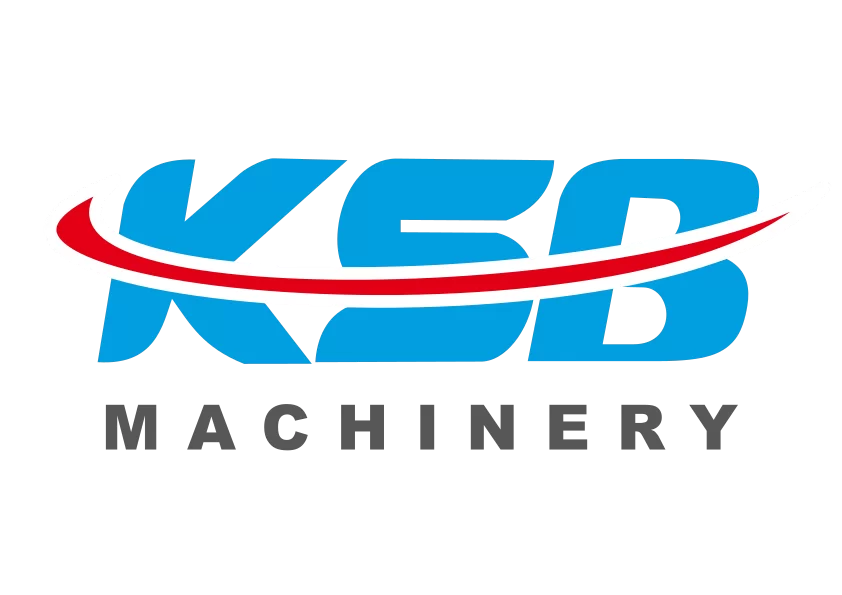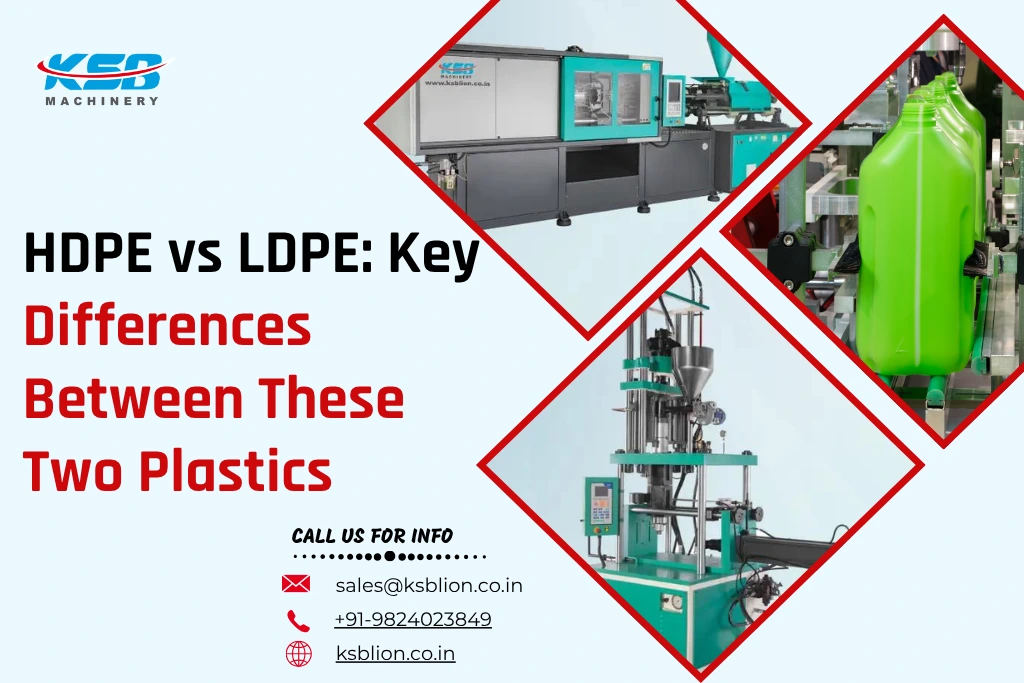Polyethylene is one of the most widely used plastic materials in the world. Found in everything from packaging to piping, its versatility has made it essential in industries like construction, automotive, agriculture, and consumer goods. Among the various types of polyethylene plastic, HDPE (High-Density Polyethylene) and LDPE (Low-Density Polyethylene) are the most common.
While they may sound similar, HDPE and LDPE have different structures, properties, and applications. In this blog, we will explore the HDPE vs LDPE properties, how they are used, and which one is better suited for specific applications – especially in processes like plastic injection molding.
What Is Polyethylene?
Polyethylene is a thermoplastic polymer made by polymerizing ethylene molecules. Its lightweight, flexibility, and chemical resistance make it suitable for countless applications. Polyethylene is generally classified into various types:
- LDPE (Low-Density Polyethylene)
- HDPE (High-Density Polyethylene)
- LLDPE (Linear Low-Density Polyethylene)
- MDPE (Medium-Density Polyethylene)
Among these, HDPE and LDPE stand out due to their extensive use and accessibility.
HDPE vs LDPE Properties
The major difference between HDPE and LDPE lies in their molecular structure, which affects their strength, flexibility, and melting points.
Property | HDPE | LDPE |
Density | High (0.941–0.965 g/cm³) | Low (0.910–0.940 g/cm³) |
Structure | Linear, closely packed chains | Branched, loosely packed chains |
Strength | High tensile strength | Lower tensile strength |
Flexibility | Rigid | More flexible and soft |
Temperature Resistance | Higher (up to 120°C) | Lower (up to 80°C) |
Transparency | Opaque | Translucent |
Environmental Stress Crack Resistance | High | Low |
Cost | Slightly more expensive | More economical |
Applications of HDPE and LDPE
HDPE Applications
Thanks to its strength and durability, HDPE is used in:
- Water and gas pipelines
- Plastic containers and bottles
- Grocery bags
- Toys
- Crates and boxes
- Agricultural pipes
- Industrial components made using plastic injection moulding machines
LDPE Applications
LDPE is more flexible and is ideal for:
- Plastic films and bags (e.g., bread and newspaper bags)
- Squeezable bottles
- Wire and cable insulation
- Liner sheets
- Playground slides and flexible parts in toys
In industries that require high-volume production of soft, flexible parts, LDPE is often processed using a plastic injection moulding machine due to its easy flow and low melting point.
How Injection Moulding Machines Use HDPE and LDPE
Injection moulding is a popular manufacturing method for shaping plastics into complex components. Both HDPE and LDPE can be molded, but their usage depends on the product’s performance needs.
HDPE in Injection Moulding
- Ideal for rigid, high-strength parts
- Commonly used in crates, bins, automotive parts, and containers
- Offers excellent chemical resistance and durability
LDPE in Injection Moulding
- Suited for softer, more flexible items
- Used in toys, bottle caps, and soft grips
- Easier to mold due to its lower melting point
Injection moulding machine manufacturers design their machines to accommodate various polymers, including HDPE and LDPE. Some advanced machines offer temperature control and material-specific settings to optimize the process for each type of plastic.
Environmental and Recycling Considerations
Both HDPE and LDPE are recyclable, but they are handled differently.
- HDPE is easier to recycle due to its stable structure and widespread use in rigid packaging. It is typically recycled into piping, plastic lumber, and new containers.
- LDPE is less commonly recycled because it’s mostly used in thin films and bags that are harder to process.
When choosing between HDPE and LDPE, businesses should also consider the environmental impact and recyclability of their product.
Which Is Better - HDPE or LDPE?
The answer depends entirely on your application.
If You Need… | Choose |
Strength and durability | HDPE |
Flexibility and softness | LDPE |
High heat resistance | HDPE |
Cost-effectiveness for films | LDPE |
Rigid product moulding | HDPE |
Easy flow for soft items | LDPE |
If you’re in manufacturing and planning to produce plastic parts using an injection moulding machine, consider the end-use of the product to choose the most suitable material.
Final Thoughts
Understanding the difference between HDPE and LDPE is essential for making smart decisions in design, production, and sustainability. Whether you’re a product designer, manufacturer, or consumer, knowing how each material performs helps in choosing the right type of polyethylene plastic.
With advancements in plastic injection moulding machines, manufacturers can now easily process both HDPE and LDPE for a variety of industrial and consumer applications. Partnering with trusted injection moulding machine manufacturers ensures that you get the precision and flexibility needed to work with different plastic types efficiently.
Both HDPE and LDPE have their unique benefits. Choosing the right one depends on your specific project needs – but either way, they continue to shape the future of plastic manufacturing.



